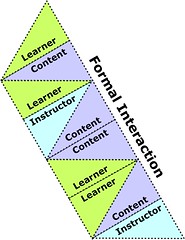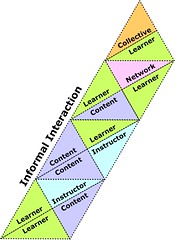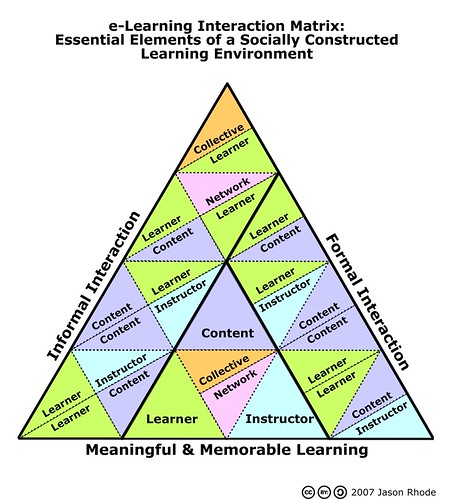My department at NIU has been working on a new endeavor we are calling “Quick Tips for Effective Instruction” in which we are putting together short multimedia presentations (5-8 minutes) to introduce faculty to different resources and methods for teaching and learning. The presentations are made available in a variety for formats, for viewing either online, as a podcast, or even via YouTube.
Here’s an example of the low-res version of one of the presentations available on YouTube:
For links to other formats of the presentation, such as hi-res online and the text transcript, click here.
The Northern Today, NIU’s weekly online newsletter, recently did a feature article on the project. To read the full story, click here.







